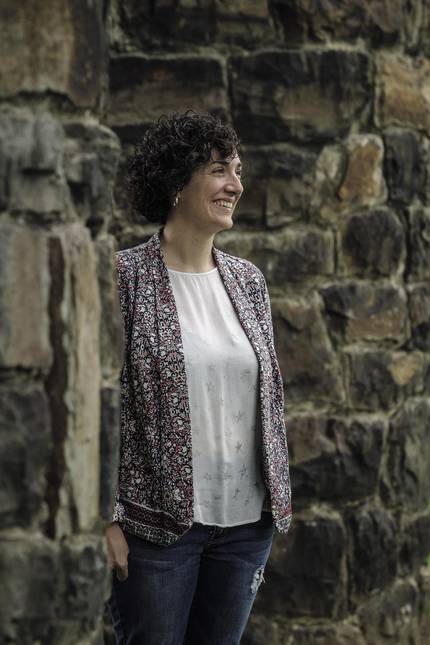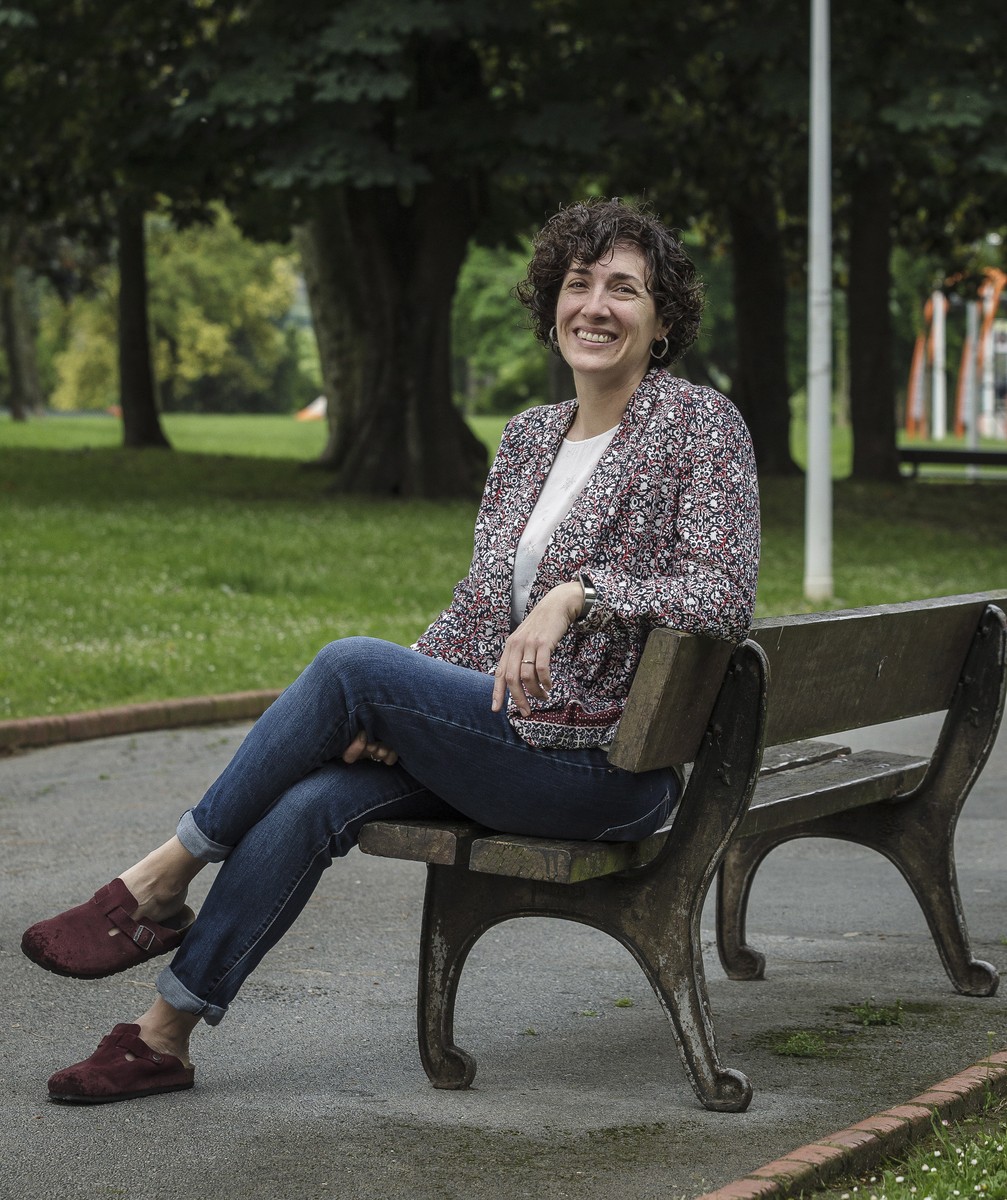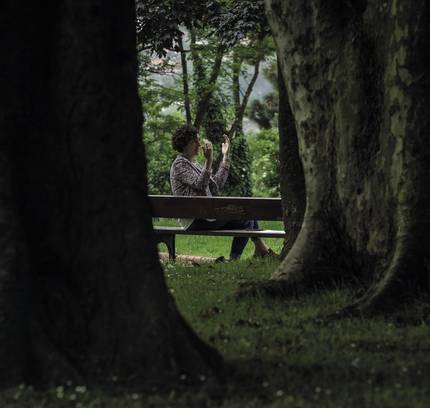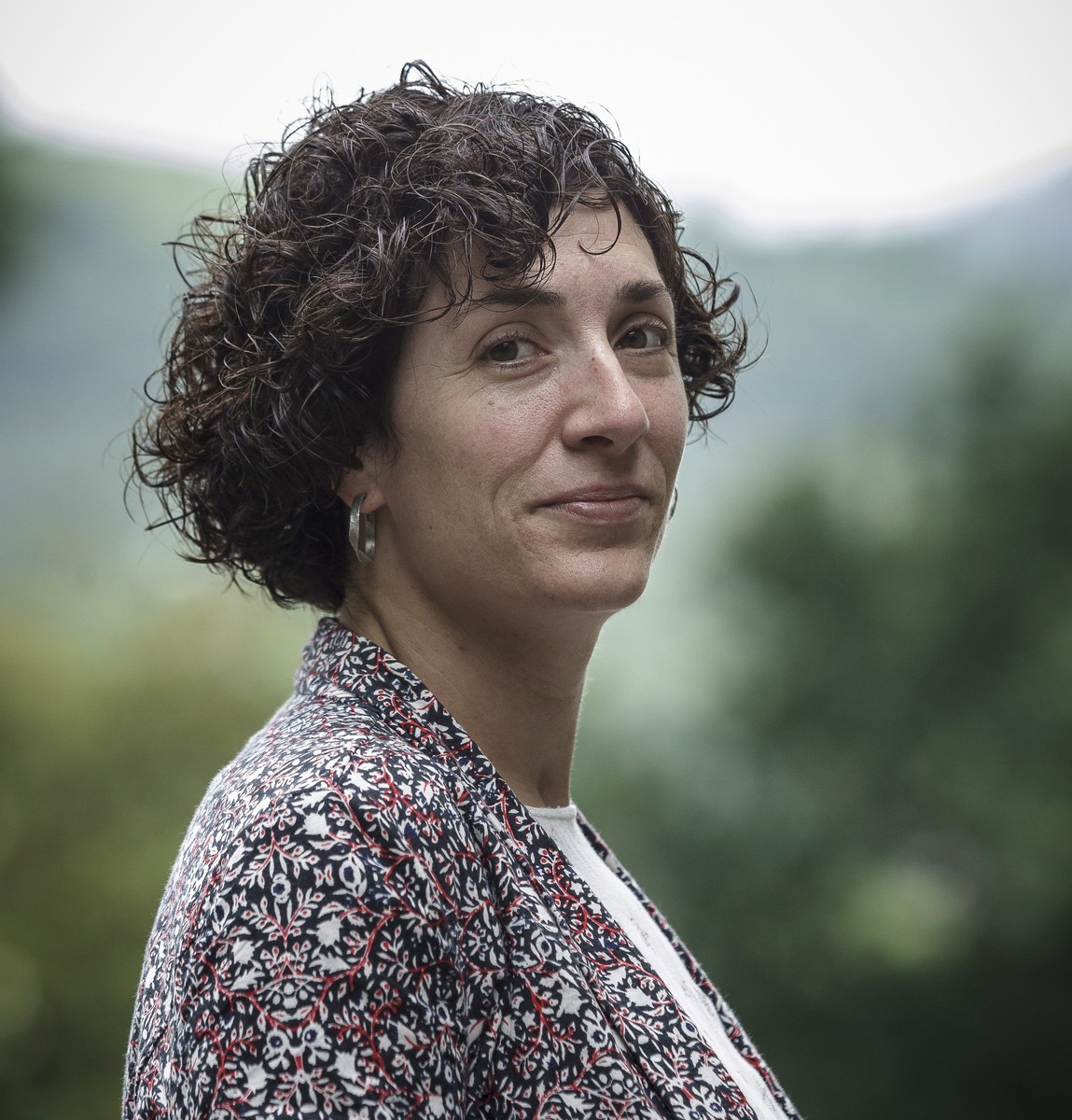“The energy transition will take place. The question is whether we will be able to achieve it in time”
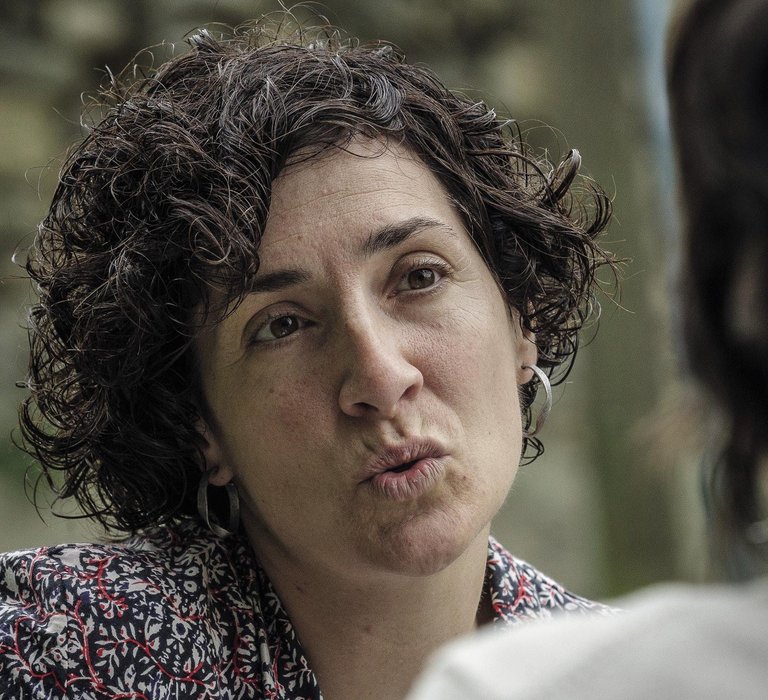
If we look at the nearest time, that is, in the last 2.6 million years, the Quaternary, climate changes have been numerous, although the difference between glaciations and interglaciations has been 6-8 ° C maximum. In the last interglacial, that is, in the hottest stretch between the last two glaciations, the Earth only exceeded 2 °C.
Unlike human-induced climate change in the last 140 years, there are astronomical reasons at the base of all climate changes in the Quaternary. Abrupt changes in Earth configuration and orbital parameters have caused temperature changes. And all of them have disappeared all the species that have not adapted to the new situation.
Recently there has been a scientific article that said that since the appearance of man on earth 80% of vertebrates have disappeared. We are a kind of great success to the detriment of other species. We have not managed to be in balance in this world. The presence of CO 2 in the atmosphere remains out of the graphics of the past hundreds of thousands of years.
But as my former thesis director, Alejandro Zearreta, says, “Earth doesn’t matter. Within a million years, we will be a small layer. Only a small geological layer.” The problem is that there is a risk of changing life and not being as we understand it.
There will be increasing heat waves. It is not that one day we suffer 40ºC, but the days we suffer 40ºC. Because if lengthened, bodies do not have the capacity to recover. We have to see how to help the most vulnerable groups: children, the elderly and the sick (with heart disease and respiratory problems, for example). Especially in cities. Cities have a high concentration of heat due to the lack of green areas and the abundance of asphalt. Heat accumulates.
With the heat new pathogens can appear, such as salmonella related to food and water, as well as new vectors that carry diseases: mosquitoes, ticks… It has already been seen that the expansion of ticks is spreading. Now there are more and they are appearing where they were not before. And they carry a type of encephalitis.
As for the change of sea level, the coast will be a very vulnerable area. According to studies conducted by AZTI, the decline of beaches and marsh ecosystems is expected. Our coast is a complex area because we cannot go back. Remember the storm of the coast 2014: The Bermeo dam was broken and in Zarautz we saw hard images. Rising sea levels are causing waves to become increasingly influential. We need to be prepared to cope more and more often.
Regarding water resources, Iñaki Antiquity of the UPV/EHU states that the hydrogram is moving to extremes. In winter, more rainfall is expected in some villages and in summer, water scarcity in others.
Ecosystems will also undergo major changes. Many ecosystems are adapted to specific areas. For example, oaks are distributed according to certain heights and temperatures, and beech depending on others. Therefore, if the changes are very fast, they can have real problems to colonize new spaces. In BC3 we have two experts investigating the mortality rate of trees. NEIKER is also studying some phenotypes for agricultural use and how to avoid some impacts by implementing new phenotypes.
The question is difficult. The main emission generating sector in the Autonomous Community of the Basque Country is energy, transport and industry. European energy efficiency standards have influenced the industry, which has improved significantly for 20 years. But the energy sector and transport are difficult. Especially transport as a diffuse sector. One part corresponds to freight transport, but the rest corresponds to the trips that we make citizens. And who consumes electricity? The industry does, but all of us too. The two most difficult sectors to change are those we can modify.
What can everyone do? Reduce energy consumption to reduce emissions from electricity generation. Note the energy sources you are using to generate our electricity. Currently, energy companies and cooperatives offer the possibility to choose renewable energy for domestic consumption. There are no economic reasons for not selecting renewable energy sources instead of fossil fuels. It is in our hands.
But the change of attitude is huge, huge, and I have no confidence that we do it at the necessary speed. I think we need policies to organize transportation, for example. Many European cities are already putting tolls or limitations on cars.
And we can do a third thing, although it is controversial, to reduce meat consumption. Diet change is a personal action that can have a big impact. In addition to the CO 2 generated by livestock, this is a problem related to deforestation and biodiversity loss. We must analyze very well how to produce meat and choose meat that is produced sustainably.
Yes. In addition, we travel more and more, especially by plane. There are difficult challenges: the electrification of cars is easier, but there is no alternative of planes on the table. What measures can be taken? Well, something we don't like, for example, putting fees to repair the damage we are causing, that is, to increase travel.
I think every people will have to conduct an analysis to predict what will affect them especially. It is fundamental. Coastal villages will have some problems, inland others. In some municipalities the risk of flooding will increase, cities will have to increase green areas… From now on, when a municipality develops its city plan, it must incorporate the climate change variable, otherwise it will not be willing to fight climate change. The Thames estuary has a large infrastructure, built in the 1980s, to prevent flooding. When this was foreseen, as a long-term structure, very low probability but high impact on infrastructure design were also taken into account. We also have to analyze what can happen and be prepared.
A Peruvian peasant who lives on the edge of a lake has come to mind. As a result of climate change and the melting of snow, the peasant observed that the lake overflowed and the people could be in danger. This was explained at a climate change summit where Germanwatch collaborated with a German court. He was informed that a German oil company has a responsibility of 0.03% on global CO 2 emissions. The farmer requested compensation for infrastructure. “Why do we have to pay? We have not affected climate change,” he said. He is now awaiting the Tribunal's response. Showing a big problem of climate change: the least responsible countries will suffer the most.
This question resembles to some extent the old litigation against tobacco companies, who knew that tobacco caused cancer, but hid it. And now it has been known that oil companies also knew that they were provoking climate change, that they had intentionally concealed it and that they also promoted campaigns to cover it in some way. Following this intrigue, the top five oil companies have also denounced New York. Great research has been carried out and the responsibility of each oil company has been calculated in the discharges. With this data, those in New York say: “We have to make an adaptation plan for many millions in the city. Why do we have to pay the people of New York?”
What happens is that the fuel generated by oil companies and gasoline is used by us. It is a complex issue. Most issues do not go ahead, but they can serve to influence the image of large companies and thus accelerate the energy transition. And it is going to be an energy transition: with renewable energy, with electric vehicles… The problem is if we are going to be able to achieve it in time before there are worse consequences.
Buletina
Bidali zure helbide elektronikoa eta jaso asteroko buletina zure sarrera-ontzian




